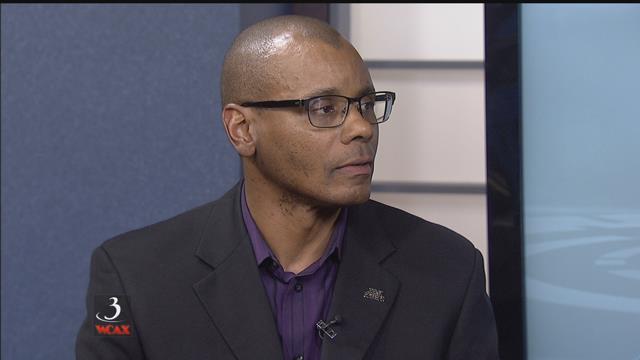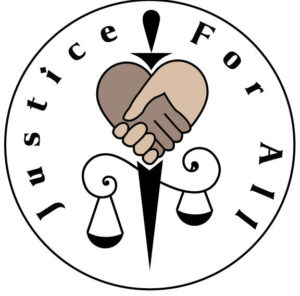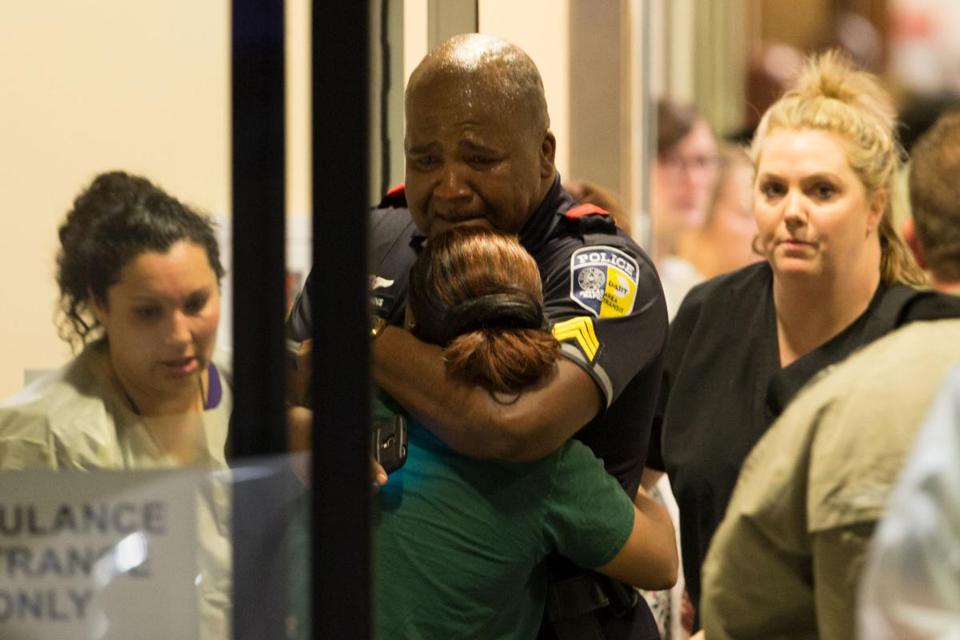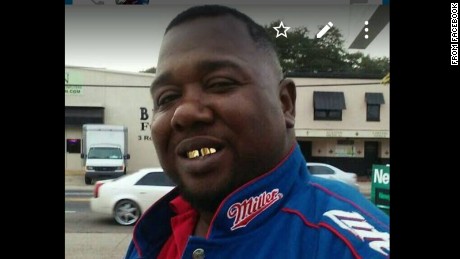By Christina Pazzanese, Harvard Staff Writer
The shooting deaths of two black men in Louisiana and Minnesota at the hands of police last week, captured on social media, followed by the killing of five Dallas officers by a retaliating sniper, shocked the nation and left many Americans feeling like the country is unraveling.
Police supporters and critics of the Black Lives Matter movement complain that citizen protests and inflammatory rhetoric are inciting violence against law enforcement. Movement supporters and protestors seeking reforms say that unpunished police violence against black people is fanning community anger.
Professor Ronald S. Sullivan Jr. is a legal theorist in areas including criminal law, criminal procedure, and race theory, and serves as faculty director of the Criminal Justice Institute at Harvard Law School. In a Q&A session, Sullivan spoke with the Gazette about the shootings and the longstanding tensions between police and African-Americans.
SULLIVAN: These three events do feel radically different, but I do not think that they are substantively different. My view is that the temporal relation among these three events, having occurred back-to-back-to-back, is having a profound effect on the American public. And to the degree that there are sides or camps — Black Lives Matter versus Blue Lives Matter — everybody feels aggrieved in the same very short, compressed time period. So there is indeed a profound feeling of disquiet, but nothing is substantively different. The mistreatment of citizens of color at the hands of law enforcement has been occurring for decades, and the African-American community in particular is quite used to what we saw in Minnesota and Baton Rouge.
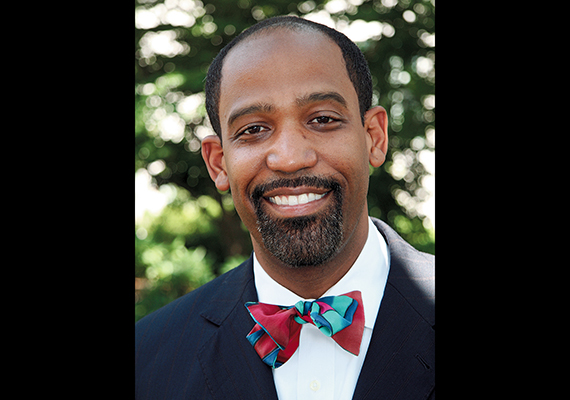
“All public servants should be subject to civilian review,” said Professor Ronald S. Sullivan Jr. Photo by Ethan Thomas
GAZETTE: Will video documentation of routine police encounters be the new norm, and does it meaningfully help to ensure fair treatment?
SULLIVAN: The new media has exposed this problem to the broader public in a way that’s never been shown before. So now people from all walks of life are able to see with their own two eyes the ways in which people are literally killed right on their television or computer screen, how unarmed people are killed, how unarmed people are shot, people with valid carry-conceal permits are shot. It’s heart-wrenching, it’s scary, and it’s something that should not happen in the United States of America. But for these cellphones, dash cams, and body cams, we would be in the position we were 10 years ago where the complaints of communities of color would go largely unheard because there was no tangible proof that law enforcement had misbehaved.
Recording police activities is fast becoming the new norm, and I think it should become the new norm. There’s an old saying: “Sunshine is the best disinfectant.” I think that applies here. All public servants should be subject to civilian review. The people should be able to see what their police force is doing. If you think about it, we give up a lot to our police. We allow them to detain us, to put citizens in jail. In exchange for giving up our liberty, we expect police officers to act appropriately, to act professionally, to act justly, and to act fairly. And if they don’t, they should be held up to the scrutiny of their departments and to the courts, as appropriate.
By Kenneth J. Cooper, Harvard Correspondent | March 14, 2016 | Editor’s Pick
GAZETTE: Since the Ferguson, Mo., clashes two years ago, the number of black people killed by police has gone up. According to the American Civil Liberties Union, Philando Castile of Minnesota is the 123rd black person killed by police in the United States this year. There have been calls and efforts to institute changes in police training, operations, and culture, and yet little seems to have improved. Why is that, and what else needs to happen to end this cycle?
SULLIVAN: I am heartened by the very many policy changes that we’re seeing around the country in police departments. But institutions are made up of people and often the behavior of people lags behind policy changes. So we have to insist that the behavior catches up. Behavior is habituated, and what happens is that the current top cadre of officers behave habitually, they do what they’ve been doing, and it takes some time for them to really address the new policies and change the way of operating, particularly with respect to communities of color. But I’m confident that in time they will adjust. But the first step is to recognize that there’s a problem. And the difficulty thus far has been the intransigence of police officers, of law enforcement, to even admit that they treat white citizens preferentially and citizens of color unequally. Once that admission is made, then and only then can meaningful change produce the sort of fruits that some of these policy changes should produce.
I hope we don’t have to wait for a new generation of officers to come in for these changes. Many police departments around the country are doing implicit-bias training, and even with the existing cadre of law enforcement, this sort of training tends to work because it makes people realize that they hold implicit biases, subconscious biases. And we all do — everybody of every color, every hue, every ethnicity holds biases. We all have priors, and we bring them to the table. To the degree that we can foreground those biases, recognize that we have particular biases, then we can behave in a way that accounts for those biases, and that’s what this sort of implicit bias training will do. There are some wonderful models of policing around the country. The HUPD right here at Harvard does remarkable work with respect to cultural sensitivity and implicit bias training and other efforts that sit at the forefront of policing. The Brooklyn district attorney’s office is another that is making radical changes to the way they prosecute, and hence the way police officers behave in street encounters with citizens. We have many examples of good policing across the country. What we do not have is the political will to implement those changes in a mass sort of way. Some of these things are expensive; we need the political will to pay for them. Community policing, for example, has been around for a long time. It does cost a little more money, but it works. If we want to break this juggernaut, we really have to invest in policing.
GAZETTE: African-American people have long felt under siege, and many police officers say they too feel under attack by criticism from the Black Lives Matter movement and others. In a news conference last week, Dallas Police Chief David Brown said police “don’t feel supported most days.” How can we get beyond this stalemate when there’s such deeply felt mutual distrust?
SULLIVAN: First and foremost, I reject the notion that there’s any moral equivalency whatsoever between the claims of police being mistreated and communities of color being mistreated. Police are not being shot in the street year in and year out. There’s no history of police officers being dehumanized, being beaten, being inappropriately stopped and targeted. That absolutely doesn’t exist. Having said that, the event in Dallas was a tragedy, and it was wrong. But to say that police are under siege in the way communities of color are under siege is downright false. Why do police feel under siege? I think that they feel genuinely under siege because they’ve never been held accountable to communities of color before. There’s a long and unbroken history of law enforcement being able to treat citizens of color in any way they choose with no repercussions whatsoever. Communities of color around the country are now insisting that they be treated equally under the law, and that’s the only fair and right and just thing to do. There’s resistance from an institution that has historically mistreated this community. They’ve never been questioned; their judgment’s never been challenged.
Notwithstanding that they feel under siege, I’m not willing to give voice to that. They’re professionals, they’re trained in a certain way, and they should behave professionally. As a lawyer, I sometimes feel under siege by judges, but I don’t mistreat my clients, I’m a professional. We should hold our police and military and any other serious profession to the very same high standard. The subjective feelings of a group of professionals cannot define policy. That would be a mistake. It is up to the civilian leadership to insist that its police force always and unconditionally behaves professionally and treats each citizen equally under the law. That should be the starting point. And if an individual officer’s subjective feelings prevent her or him from doing that, there are many other professions in the world that they should engage in, but they should not be a police officer.
GAZETTE: How is your work in critical race theory reflected in the events of the last few days?
SULLIVAN: The basic underlying premise of critical race theory is that race insinuates itself into very many if not all aspects of our lives. And these are very real-time, real-life examples of the ways in which race seeps into our understanding and behavior. Someone sent me something over Twitter of two police officers fighting with a very large, Caucasian male in a diner, and the caption was “He’s still alive.” He was swinging at the officers, [but] they never pulled out a weapon. They ultimately subdued and arrested him. The predominant feeling among citizens of color is that if that person had been a very large African-American man, he would’ve been dead. That’s just an example of the way that race motivates behavior. We all live in this country with its history of race, and we’re all impacted by it — black, white, and other equally. Putting on the uniform does not change that. But it’s incumbent on the police department to train its officers in such a way that these biases can be weeded out as much as possible and, whatever remains, exposed and dealt with in appropriate ways.
GAZETTE: As a nation, what questions aren’t we asking? Which issues aren’t we confronting?
SULLIVAN: We still have not adequately dealt as a nation with the race question: the legacy of slavery and the remnants of Jim Crow that still haunt our workaday lives. And until such time as the country is willing and able to have real, substantive conversations and engage in meaningful, remedial efforts, we’re going to continue to see these sorts of episodes. So we have a challenge ahead of us. I think we are able to meet that challenge as a country. James Baldwin once said that the history of America, and the history of African-Americans in particular, is the history of making the impossible possible. So I have full faith that the country can do it. We just need to generate the political will to do it.
This interview has been edited for clarity and length.
A son of Shetamia Taylor, the mother who was shot protecting her sons during the Dallas police shooting last week, told President Obama he wants to be a police officer.



